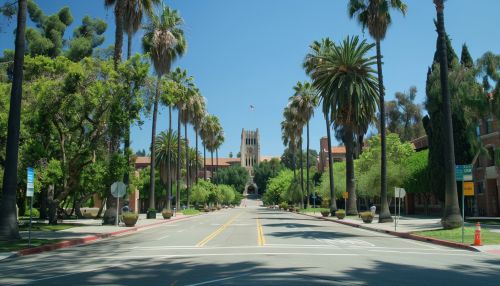Vinton Cerf
Early Life and Education
Vinton Gray Cerf was born on June 23, 1943, in New Haven, Connecticut. He is the son of Muriel (née Gray), a housewife, and Vinton Thruston Cerf, an aerospace executive. Cerf contracted polio at the age of six, which led to his interest in technology. He used ham radio to communicate with the outside world during his recovery.
Cerf attended Van Nuys High School along with Jon Postel and Steve Crocker; he graduated in 1960. While in high school, Cerf worked at Rocketdyne on the Apollo program and helped write statistical analysis software for the non-destructive tests of the F-1 engines.
Cerf received his Bachelor of Science degree in Mathematics from Stanford University in 1965. He then went on to earn his Master's degree and Ph.D. in Computer Science from University of California, Los Angeles in 1970 and 1972, respectively.


Career
After receiving his doctorate, Cerf became an assistant professor at Stanford University from 1972 to 1976. During this time, he conducted research on packet network interconnection protocols and co-designed the DoD TCP/IP protocol suite with Robert E. Kahn.
Cerf then joined the Defense Advanced Research Projects Agency (DARPA) in 1976, where he played a key role in leading the development of Internet and Internet-related data packet and security technologies.
In 1982, Cerf moved to MCI where he was instrumental in the development of the first commercial email system (MCI Mail) connected to the Internet.
Cerf joined the board of the Internet Corporation for Assigned Names and Numbers (ICANN) in 1999, and served until the end of 2007.
Cerf is also working on the Interplanetary Internet, together with NASA's Jet Propulsion Laboratory. It will be a new standard to communicate from planet to planet, using radio/laser communications that are tolerant of signal degradation.
Contributions to the Internet
Cerf is widely known as one of the "Fathers of the Internet" for his key technical and managerial role, along with Bob Kahn, in the creation of the Internet and the TCP/IP protocols which it uses. He has received numerous awards and commendations in connection with his work on the Internet.
Cerf and his colleague, Robert E. Kahn, were the first to outline the basic architecture of the Internet in a 1974 paper, and Cerf was one of its early proponents. Together, they proposed a protocol for sharing resources using packet-switching among the nodes.
Awards and Honors
Over the years, Cerf has received numerous awards in recognition of his contributions. In 1997, President Bill Clinton presented the U.S. National Medal of Technology to Cerf and his partner, Robert E. Kahn, for founding and developing the Internet.
In 2004, Cerf was the recipient of the ACM Alan M. Turing award, considered the "Nobel Prize of Computer Science", for his work on TCP/IP. Cerf and Kahn were awarded the Presidential Medal of Freedom by President George W. Bush in 2005.
Cerf was inducted into the National Inventors Hall of Fame in May 2006. He was awarded the St. Cyril and Methodius in the Coat of Arms Order in July 2006 by the President of Bulgaria, and in December 2008 he was awarded the Japan Prize.
Personal Life
Cerf married Sigrid Thorstenberg in 1966 and they have two sons, David and Bennett. He is active in organizations that are working to help the Internet deliver humanitarian value in our world today. He is supportive of innovative projects that are experimenting with new approaches to global problems.
